Horford calls his approach “old-school” in the modern NBA. He doesn’t “fraternize” with opponents.
“If you’re my teammate, I’m with you and I have your back and I’m all about you,” Horford told ESPN. “But all this hugging and half court at the end of the game and all this friendship. No.”
The dinner was casual. Camp was a week away. Horford wasn’t officially signed because of the Jonathan Kuminga stalemate, but he was committed.
As the wine flowed, Horford steered clear of any playoff heartache discussion with Draymond Green and Jimmy Butler, one of his fiercest — and most impolite — East rivals. But Stephen Curry cracked open the door in a very Curry manner.
“We talked about his Game 1,” Curry said.
In the 2022 NBA Finals opener, Horford hit six 3s and scored 26 points in San Francisco, wresting away immediate series control for the Boston Celtics as he ached for his first title in his 15th season. It was one of the best games of his career. But it was soon followed by one of the most devastating.
“Then we talked about Game 4,” Curry said. “When we kind of ripped it from him.”
In perhaps the most legendary game of Curry’s NBA career, he shook off a painful foot injury and scored 43 in front of a frothing Boston crowd to recapture control and flip the series into his fourth title.
In July, three years after that NBA Finals matchup, Curry got a text from Horford.
Those on the inside say Horford decided to join the Warriors on his own, no traditional recruitment needed. Green remembers asking general manager Mike Dunleavy later in the summer if he needed to call Horford.
“You can call him, but it’s done,” Dunleavy told Green.
The conversation with Curry, though, was important to Horford. The text led to a call in mid-July. Curry’s not only the face of the franchise, but the teammate, at 37, who is closest in age to Horford, 39. He wanted to ask Curry about the medical staff and maintenance program for a pair of players who began their college careers during the George Bush administration.
“So basically the most veteran conversation you could ever have in your life,” Curry said.
Horford’s addition means four of the Warriors’ most important players are all 35 or older. If Buddy Hield starts alongside Butler, Green, Curry and Horford in a game this season, it’ll be the oldest starting lineup in NBA history.
That fact alone signifies a prioritization of the present over a protection of the future. But the much discussed two-timeline approach, while altered and increasingly minimized, isn’t dead.
The Warriors still have near full control of their future picks and gripped onto Kuminga firmly this summer, even while the young forward longed for a fresh start. They could’ve had a steady veteran such as Royce O’Neale and some second-rounders for him, but there is still clearly a partial long view approach despite a rapidly fading win-now window.
“That’s one of the beautiful things about having this organization,” Green said. “We’re not sitting here like, ‘Yo, give away everything because we don’t give a f— about what this thing looks like in 10 years.’ We do. And so I think it’s only fair to Mike that he’s given a future, too. It’s important to do it the way that we’ve done it. We found a good balance to where we can compete and possibly win now and yet still have that flexibility and resources for the future.”
IN THE LEAD–UP to the trade deadline in February, Curry and Kerr echoed a sentiment first shared publicly by Green. The three delivered a unified message about the need for their front office and ownership group to be pragmatic in their approach, stating that it would be unwise to unload all their future assets for the most realistic available upgrade.
Green even told Dunleavy and controlling owner Joe Lacob the summer prior not to green-light a trade for Lauri Markkanen, considering the Utah Jazz were asking for all the draft picks and young players.
“I’m a big fan of [Markkanen’s] game,” Green said. “But I think if you want to do something so huge you better be certain that this is the move. You usually don’t win those things against Danny Ainge. I look at history.”
The Warriors tried and failed to acquire a second offensive costar next to Curry before last season and lost Klay Thompson to the Dallas Mavericks, but ripped off a 12-3 start, briefly thinking they had found a formula through depth. Then they went 3-12 over their next 15 games and spiraled into a 25-26 spot in mid-February.
“We were talking real big at 12-3 last year,” Curry said.
Curry and Green had a memorable conversation inside the Jazz visiting locker room the night the Warriors traded for Butler. Dunleavy, a former teammate of Butler’s in Chicago, vouched for him, believed in his fit, paid him a max two-year extension and pulled the trigger on a trade that cost only one future first-round pick — the 2025 selection, ensuring their future stash wasn’t handcuffed.
Curry called the approach “aggressive but reasonable,”
It could be argued that the trade, while a rousing success, came too late and the 23-8 sprint to the finish line fatigued the older group enough to fade the Warriors out in the second round. The Warriors privately admit that Curry’s overuse in the Houston Rockets series partially led to his hamstring strain.
But the immediate contending-level success with Butler also served as a proof of concept to the stakeholders entering the summer that their new trio could compete if supplemented correctly. So they pursued Horford, De’Anthony Melton and Seth Curry, moves that don’t mortgage the future but come with the approval of Steph Curry, Kerr and Green.
Kerr called it a “commitment to Steph,” believing the front office and ownership has pivoted back to enough of a win-now approach to respectably compete in the final chapter of the Curry era.
“When you look back at the whole two timeline theory or whatever, I think it’s easy to sort of question it,” Kerr said. “But I think you just have to keep in mind the circumstances. At the time, we didn’t make the playoffs two years in a row. So when we drafted all those young guys, there was a real concern that the run had already ended. It made perfect sense to shoot for the stars with some lottery picks.”
There are certainly internal grumblings about some of the moves made and not made the past half-a-decade, most notably — as ESPN reported during the Kuminga negotiations this summer — Lacob’s unwillingness to include Kuminga in a trade for Alex Caruso a couple seasons back.
The James Wiseman draft pick at second overall in 2020 was a monumental whiff. If they wanted it, there could’ve been a trade path to Anthony Edwards at the top spot. Franz Wagner and Trey Murphy III were available to them during the Kuminga and Moses Moody selections in 2021. But that’s all revisionist history to the always diplomatic Curry.
“That whole conversation gets old quick,” Curry said of maximizing his window. “I get what everybody’s saying and the idea of it. But you make decisions with the information you have in front of you. If the information changes, then your perspective might change. That’s kind of how it is in the league in general. I say all that to say: I want to be competitive. Doesn’t mean you’re going to have a perfect situation where you’re the proverbial favorite. But I like where we are at.”
THE PINNACLE MOMENT of Curry’s career — that Game 6 clincher in Boston that had him in tears on the Garden floor as he won his fourth ring — was his newest teammate’s deepest professional pain.
Horford said it wouldn’t have subsided much had the Celtics not rebounded to win a championship in 2024. If Horford were still without a title — knowing which franchise and player delivered him the worst heartbreak — he doesn’t believe he could’ve joined the Warriors this summer.
“I think it would’ve been too hard for me as a competitor just because of how I operate,” Horford said. “So I just don’t think I could have.”
But the dominos fell fortunately for a Warriors core that has been circling but unable to obtain Horford for years. The championship thawed the ice. The Jayson Tatum injury changed Boston’s title chances. The new salary restrictions, Horford believes, forced him out of Boston.
“This whole CBA thing, apron stuff, it essentially destroyed that team that they built over there,” Horford said.
So he looked elsewhere. He decided against retirement. He watched a resurrected Warriors team threaten in the playoffs without Butler. He could see it needed a capable veteran stretch center. The general manager of the team agreed.
“Mike’s been looking for a player like him his entire time here,” Kerr said. “Not just a pick-and-pop guy, but a legitimate big, who can make Draymond’s job easier, who can make Steph’s job easier. It’s really hard to find those guys.”
Dunleavy set out this summer with two tasks on his agenda — solving the Kuminga situation and supplementing the rest of the roster with veterans who best fit the Curry, Kerr, Green system.
Kuminga’s contract dispute was long, winding, messy and eventually solved. The other business, while unresolved in the public eye, was relatively tidy.
“I felt like there was a lot of upside in this thing,” Horford said. “So I just had to wait it out.”
Dunleavy had to make semi-frequent calls to reassure him of the sequencing of the plan, but Horford, team sources said, was their “absolute 1A” target and no other free agent was in his vicinity. They also held a level of interest in Luke Kornet, sources said, but he signed with San Antonio out of their price range.
To get Horford, they gave him a two-year, $11.6 million contract with a player option on the second season and a 15% trade kicker, delivering those sweeteners to close the deal. The second season lines him up with Curry’s, Butler’s and Green’s contracts, setting up a final chapter of contention for the foursome.
Atop the Warriors’ organization, there is still one eye plotting the future beyond this era. That’ll inevitably present another existential question the next time a costly trade option is available to them.
But four of the sport’s most important names of the past two decades — Curry, Butler, Green and Horford — are bought in on the belief that they’ve been given a realistic crack at a two-year run together.
“For me, it’s a privilege to have this opportunity and to be here,” Horford said. “They’re so accomplished. I do understand that there’s a lot that comes with it. There’s a lot of challenges. But I’m pretty excited.”

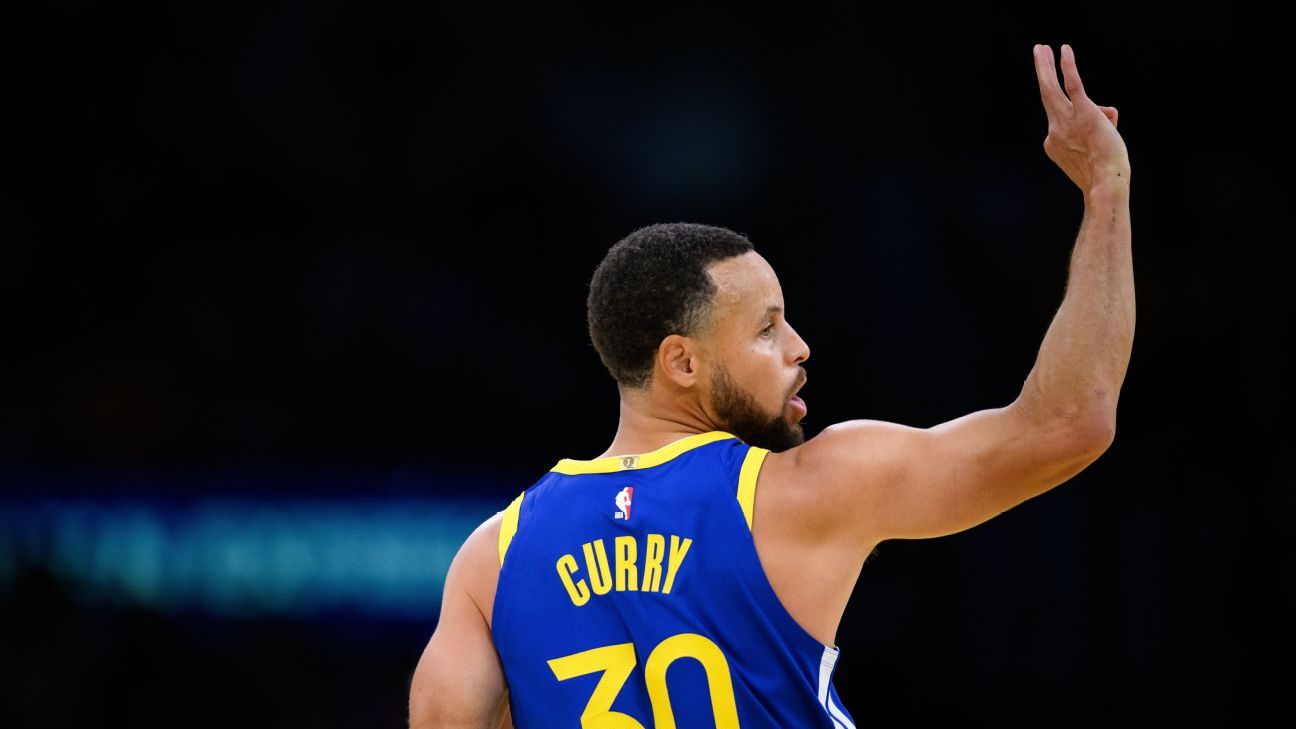
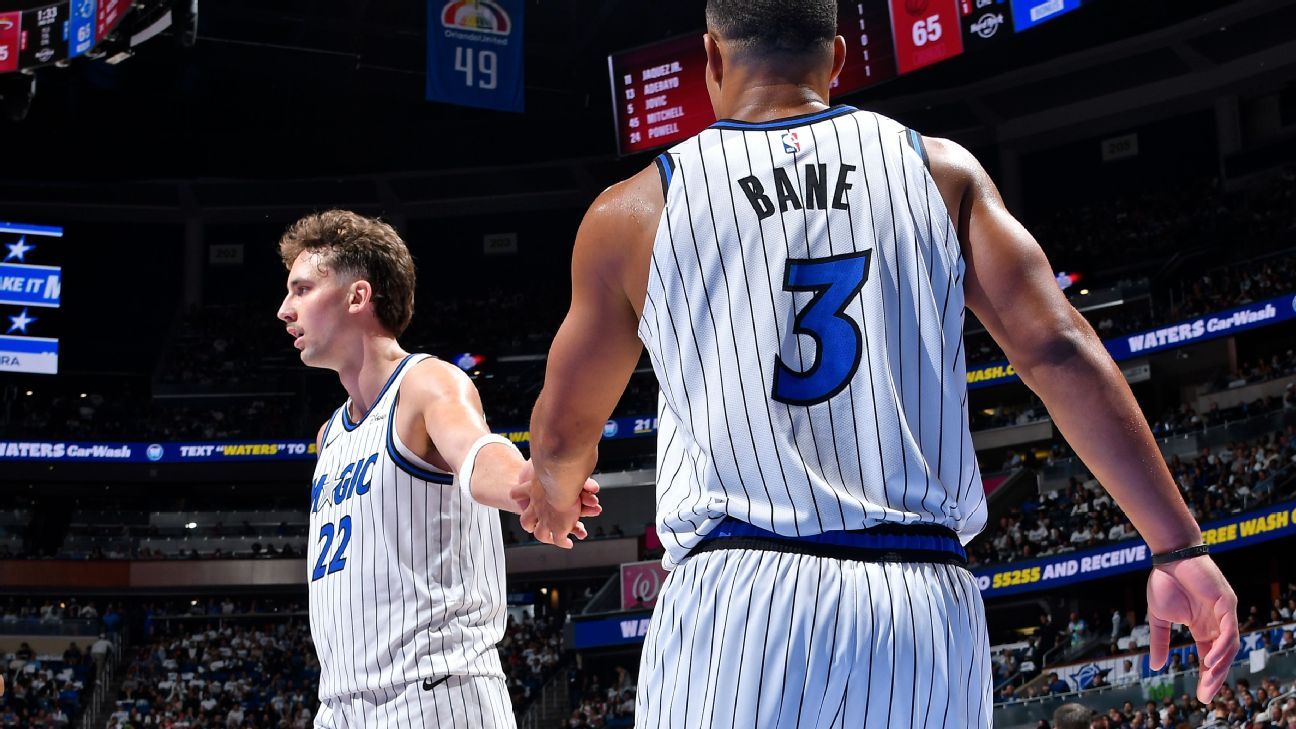
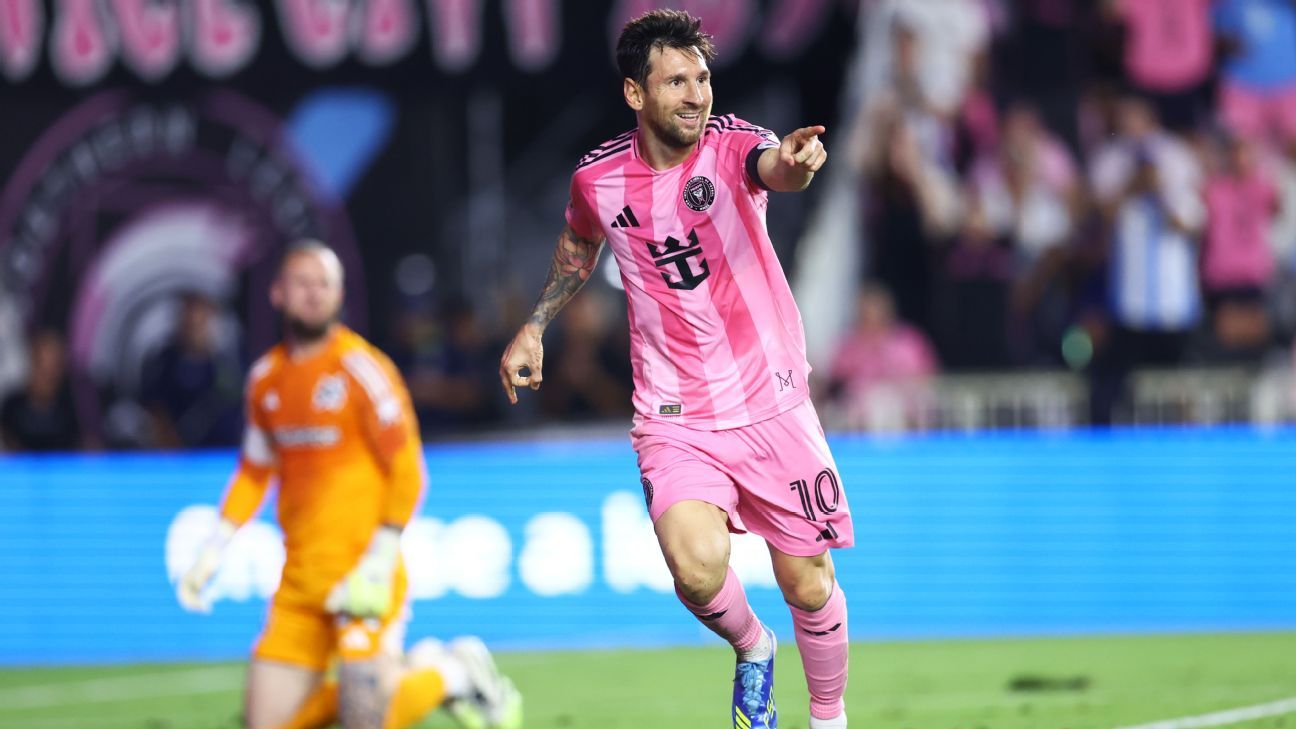
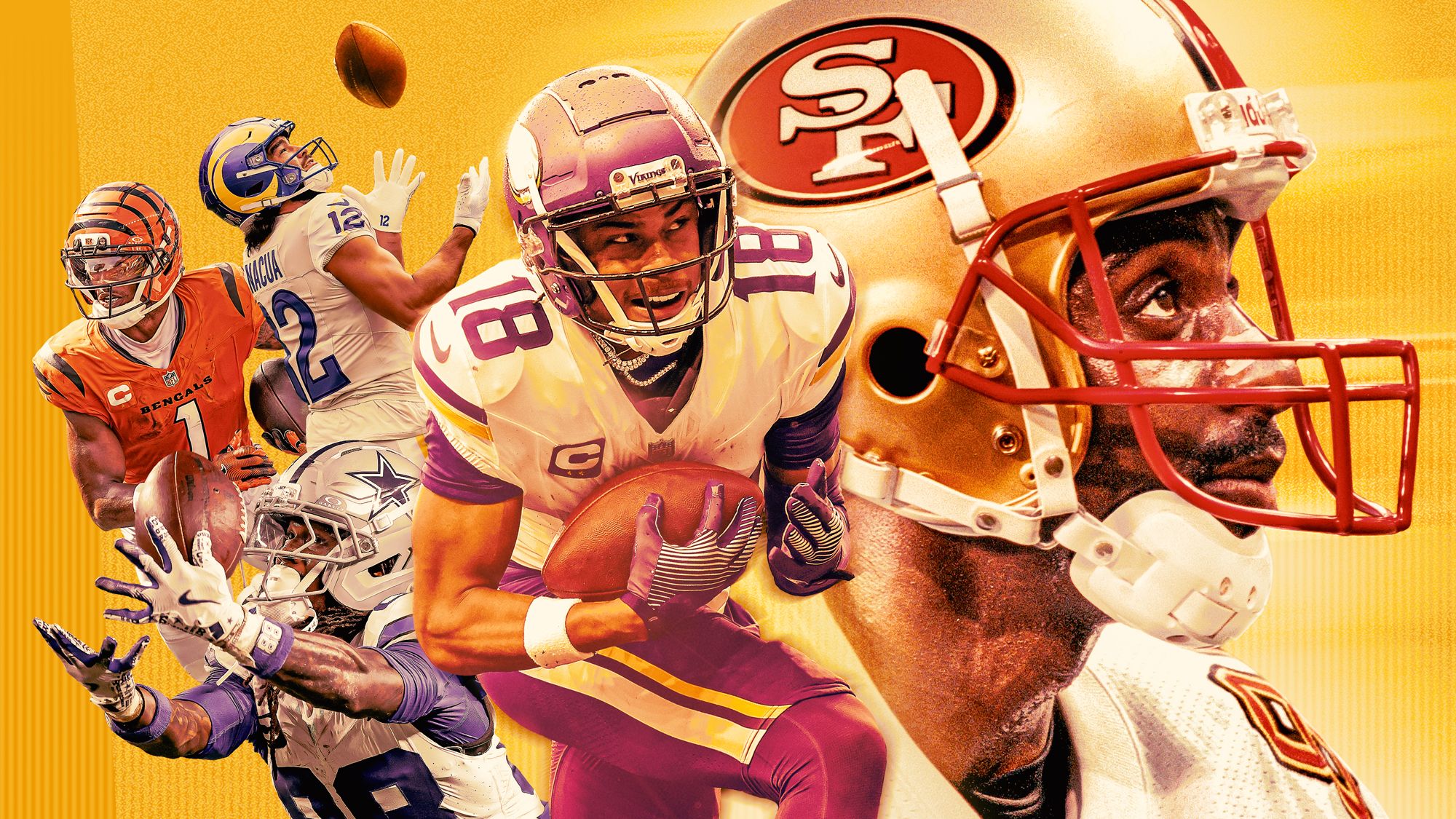
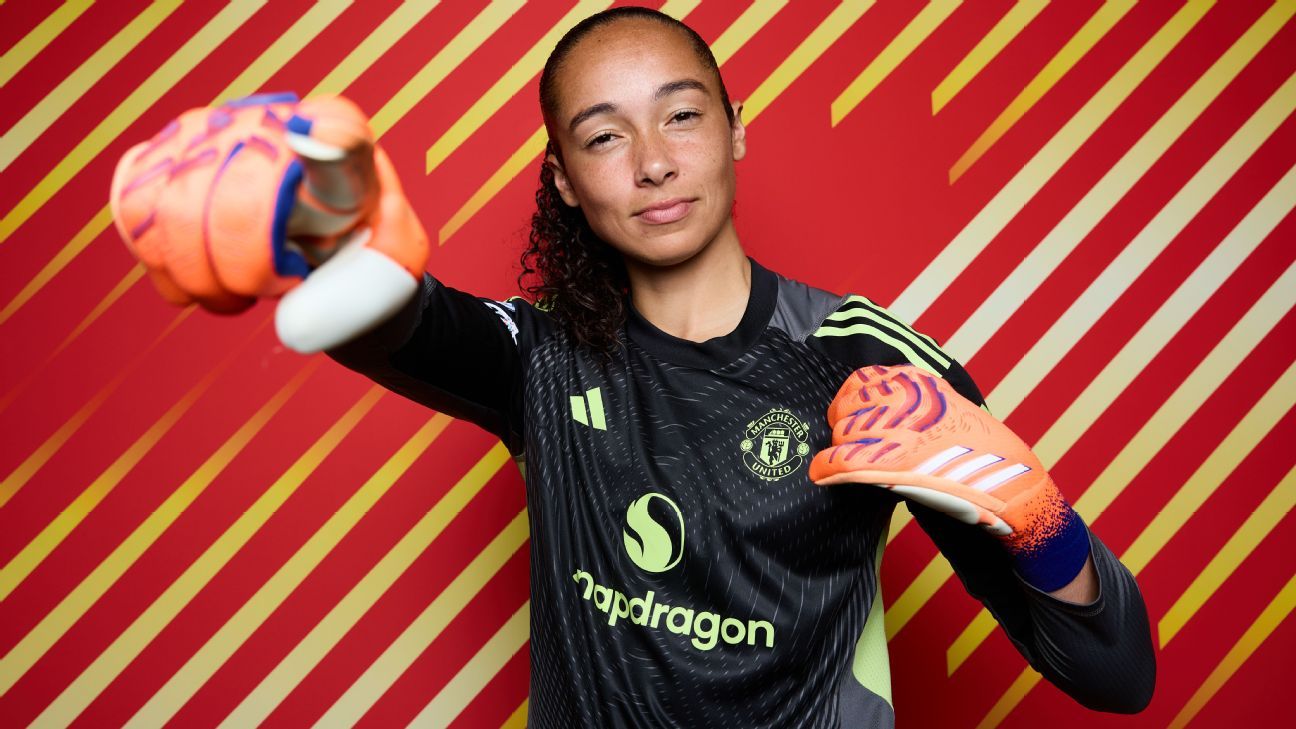
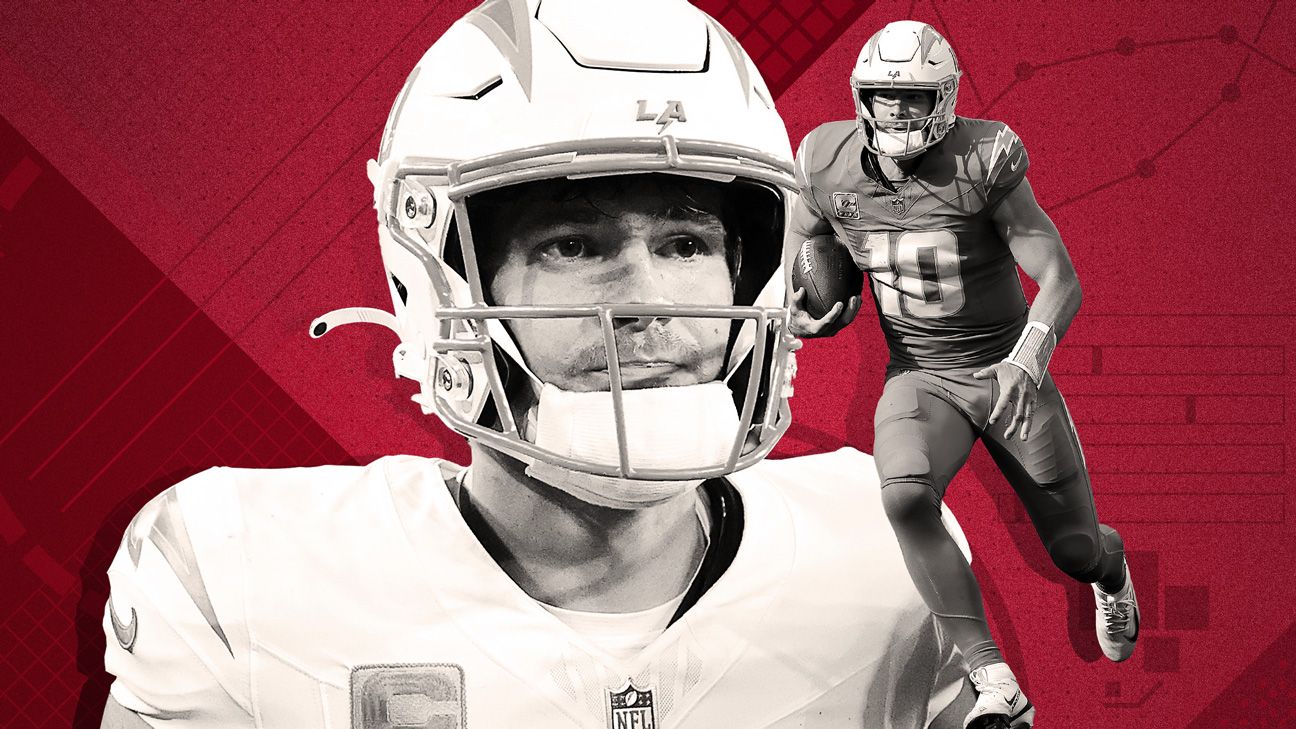
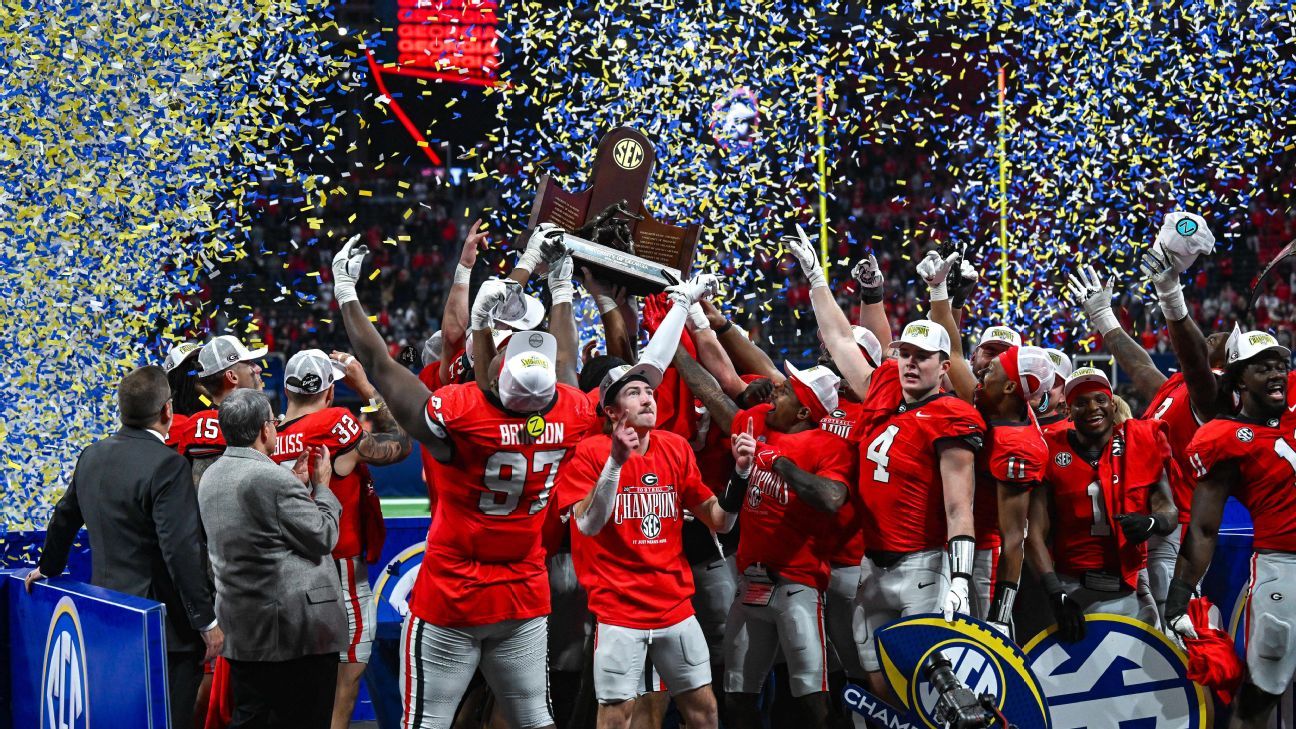
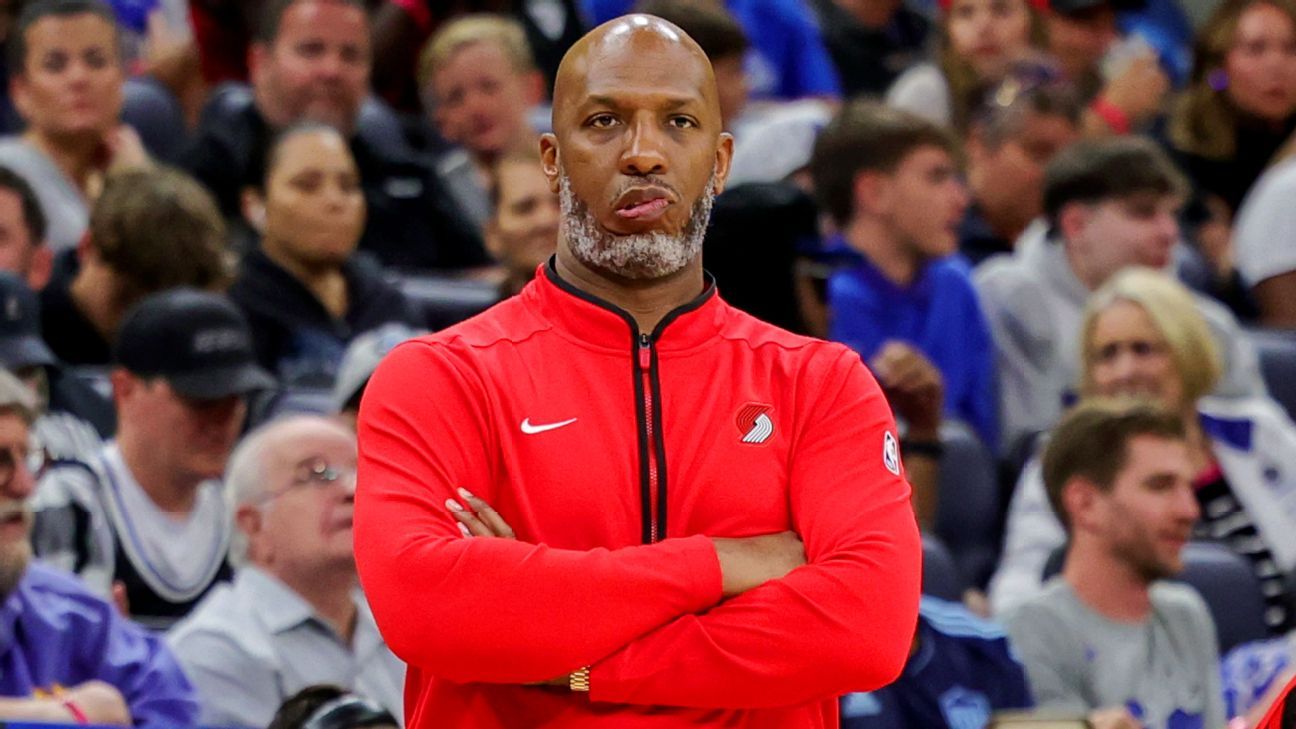
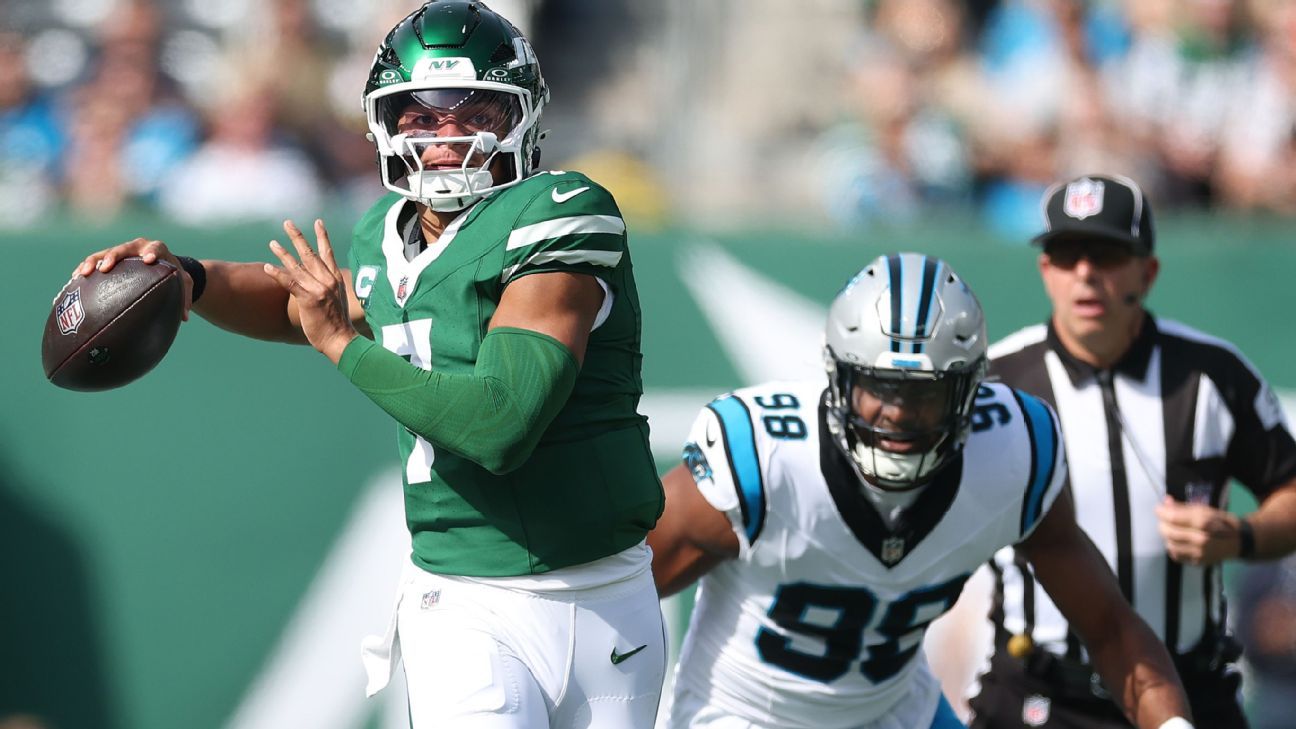
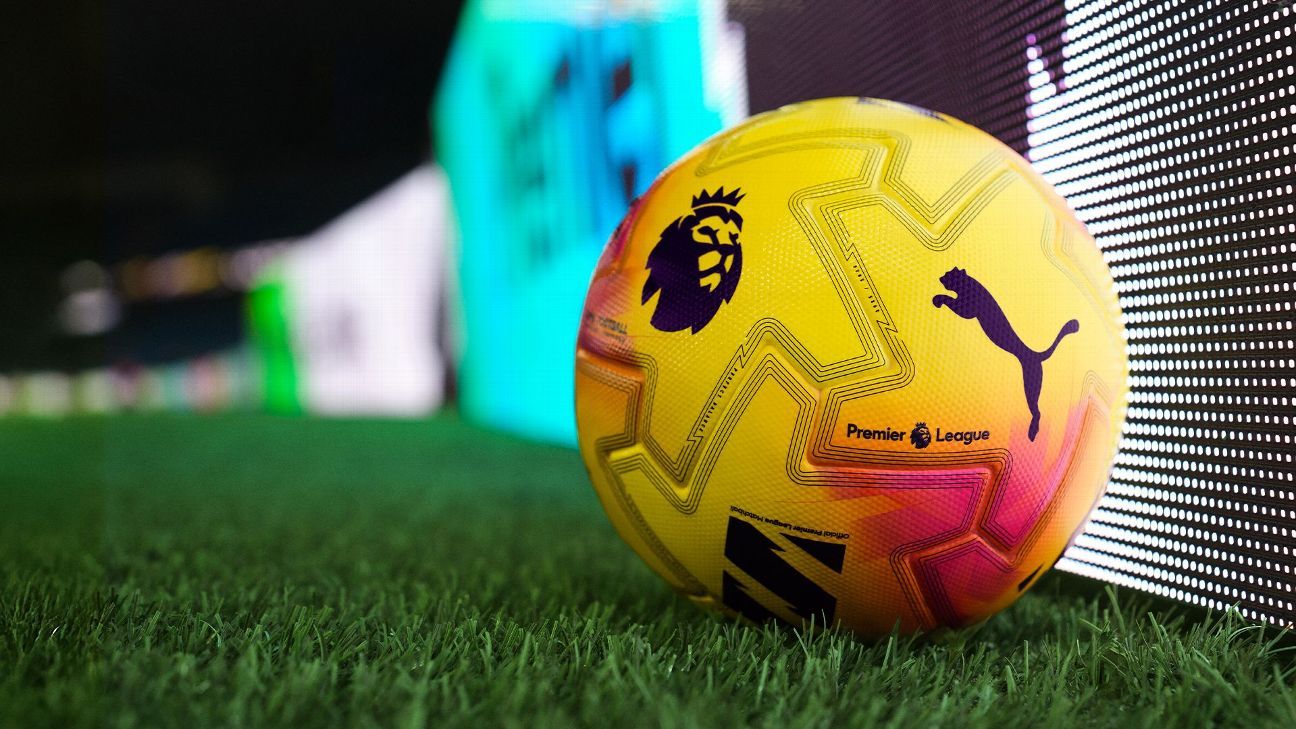
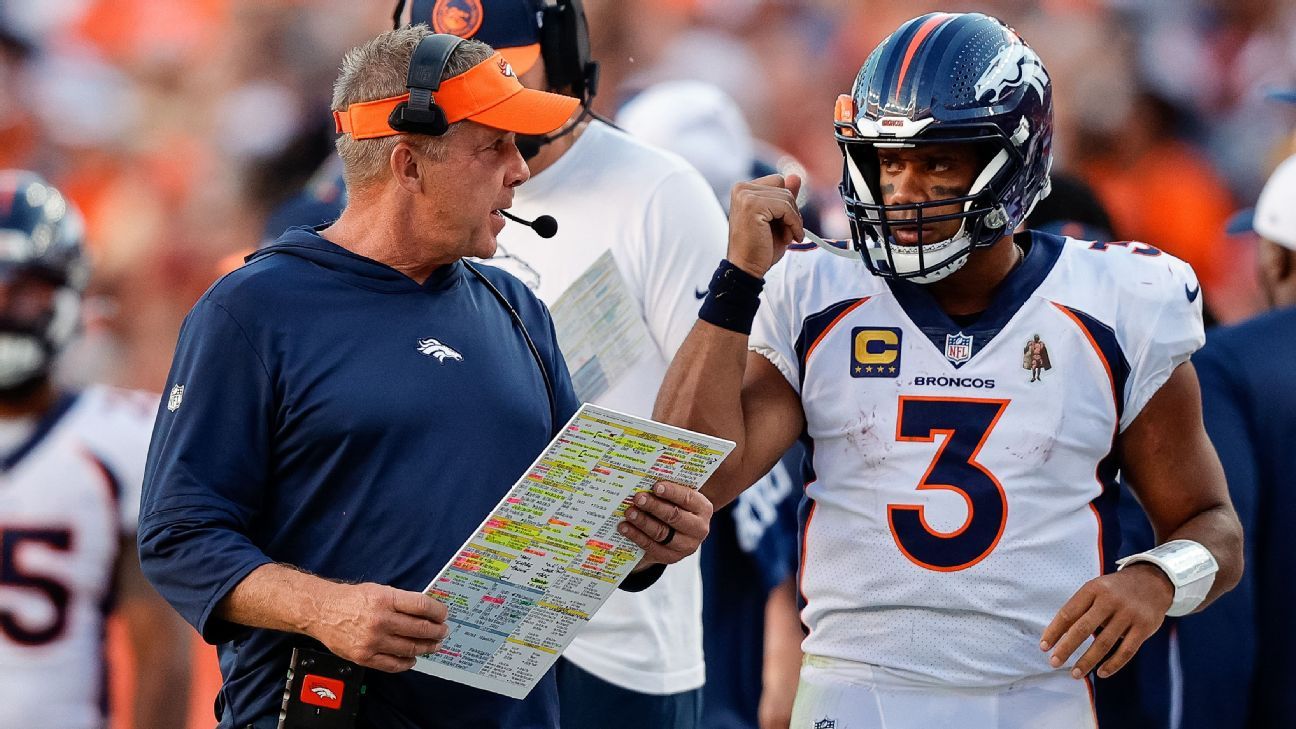
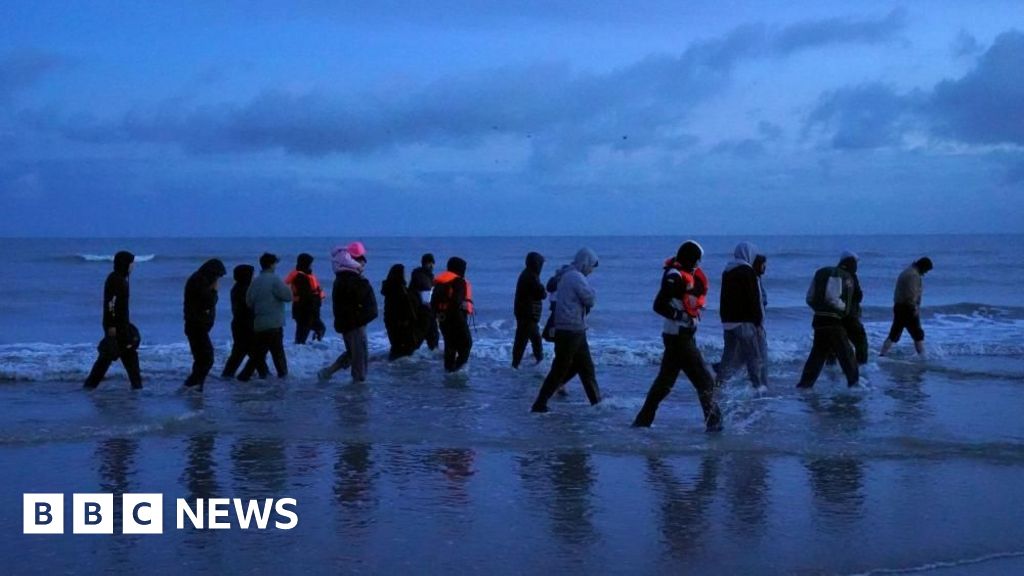
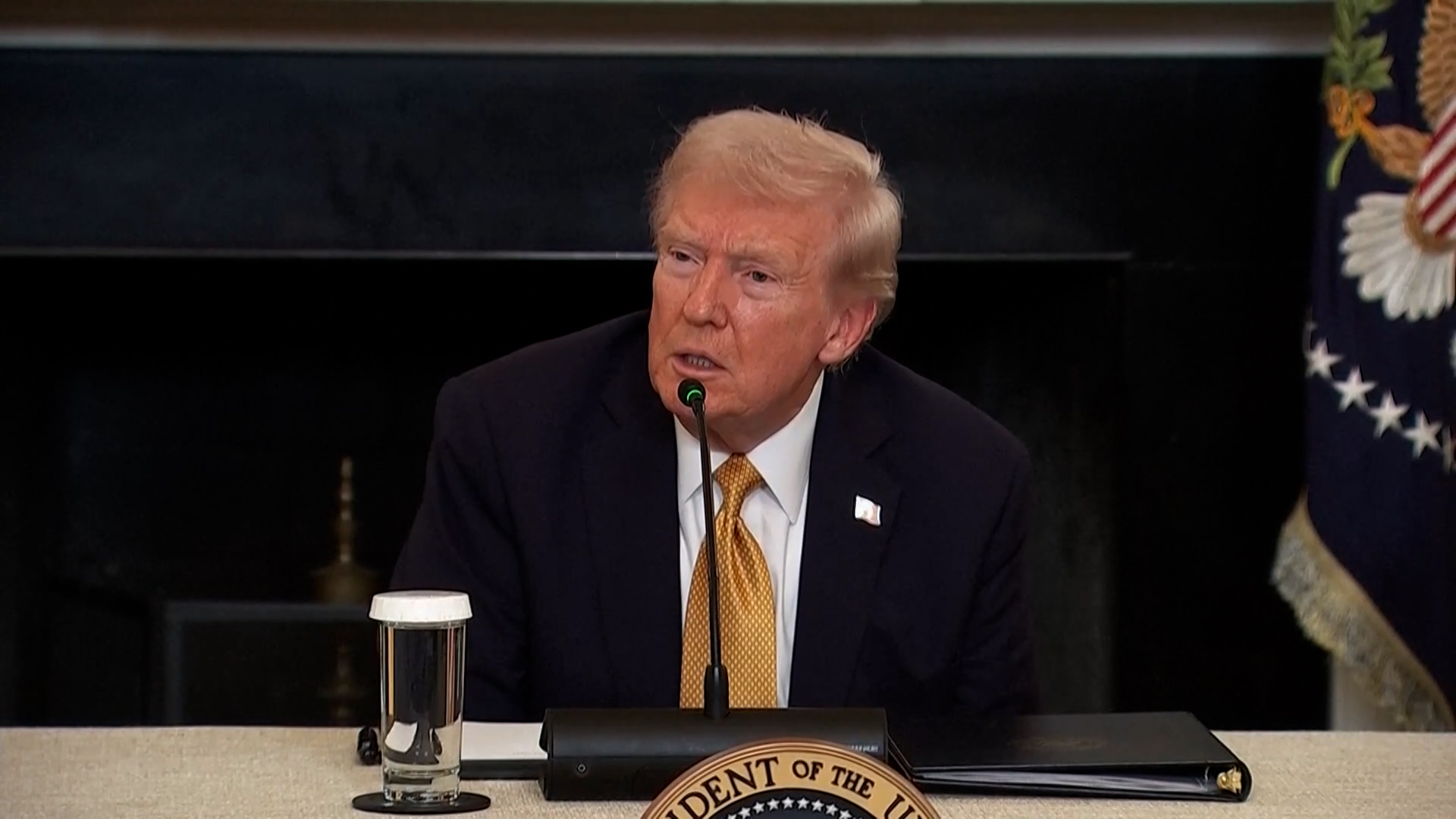

Leave a Reply